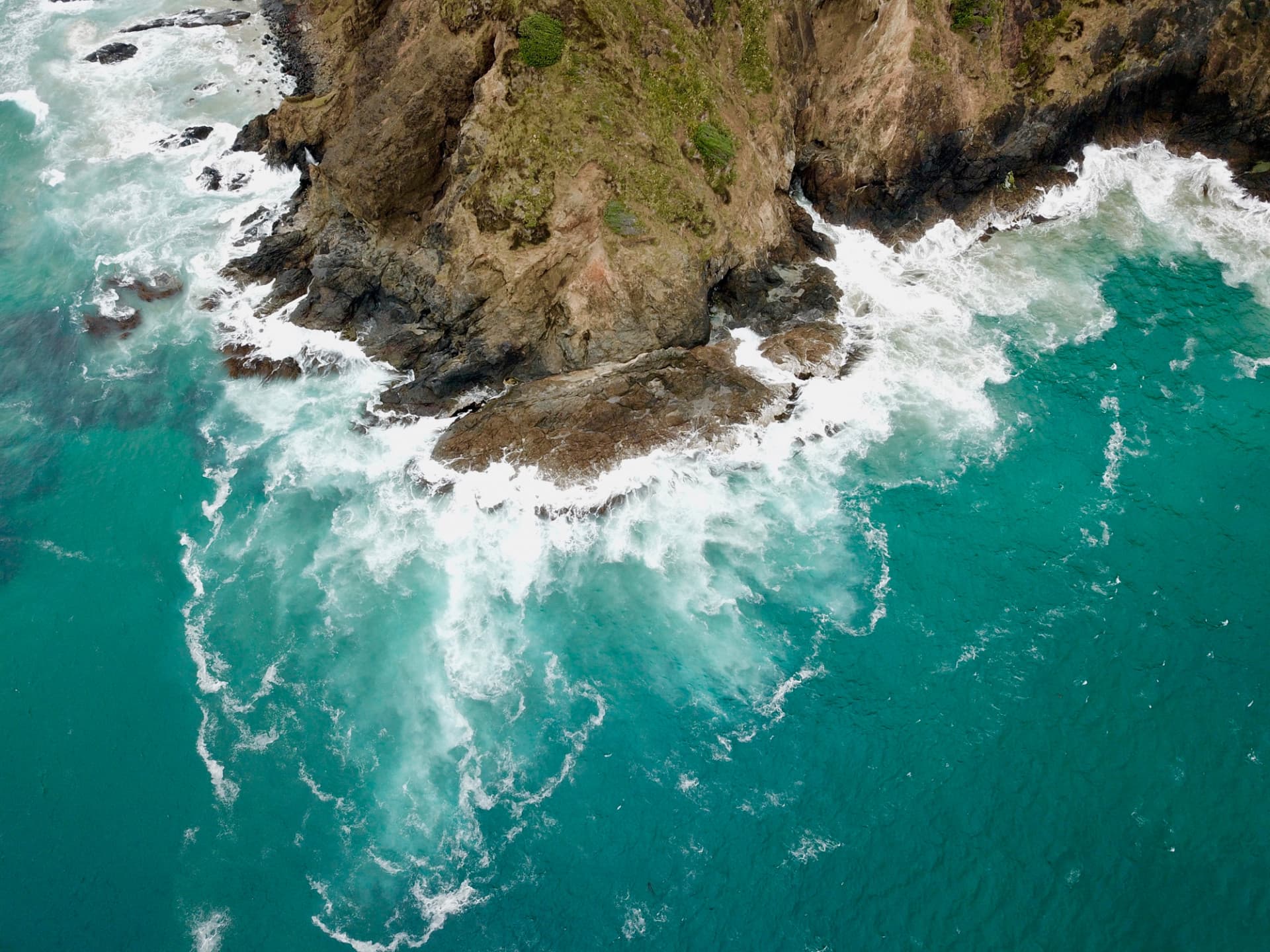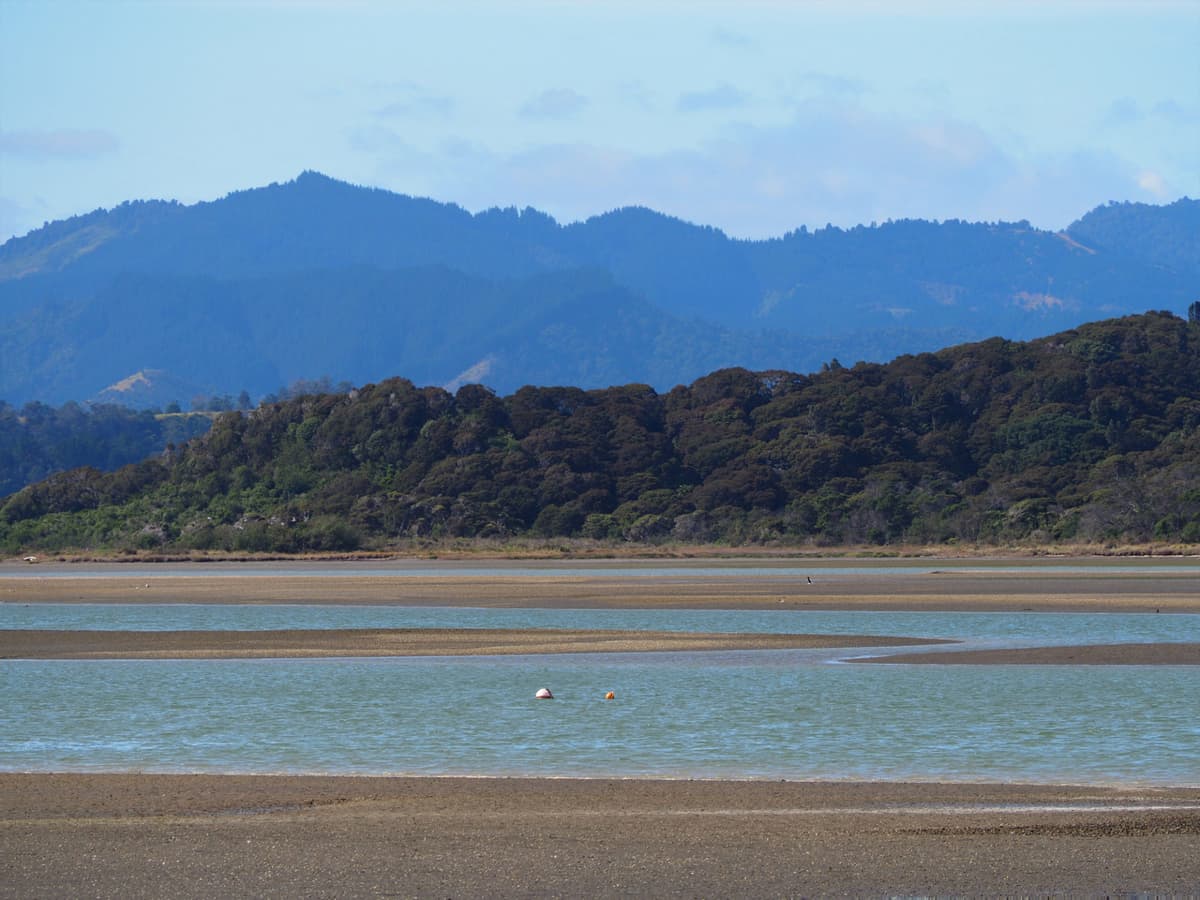

Curtis J & Wing S (2024)
Sea urchins can strongly reduce their mobility, exposure to predation, and feeding rates upon detection of chemical cues produced by predators, driving behavioral effects on grazing activity that may contribute to macroalgal community dynamics. However, the extent of chemically induced antipredator behaviors in urchins can vary by predator–prey species pair and ecological context and is therefore important to characterize in novel settings. Additionally, the effect of predator and prey size on urchin reactions to predator cues has rarely been considered, with the few existing examples yielding mixed conclusions. Here, we used a replicated split‐plot experiment to measure the effects of red rock lobsters (Jasus edwardsii) on consumption of macroalgae by the New Zealand sea urchin (Evechinus chloroticus) across a range of predator and prey body sizes. Overall, per‐capita consumption rates of kelp by urchins declined by 30% in the presence of lobsters, though feeding activity varied widely among individuals. Based on mass‐specific measurements of feeding rates, responses to predator cues appeared similar across all urchin sizes but only yielded distinguishable differences in the amount of kelp consumed in trials with larger urchins due to their considerably higher feeding capacity. Conversely, consumption rates of kelp by urchins had no apparent relationship with lobster size, likely due to chemical cue saturation in our experimental setting or a risk gradient that was insufficient to elicit a graded behavioral response. Our findings provide new evidence for a nonconsumptive effect of lobsters on feeding rates of an important grazer that can potentially reinforce the ecological role of this key predator in New Zealand kelp beds.
